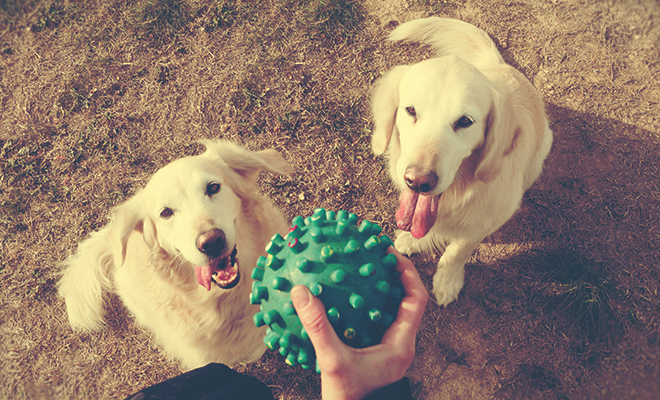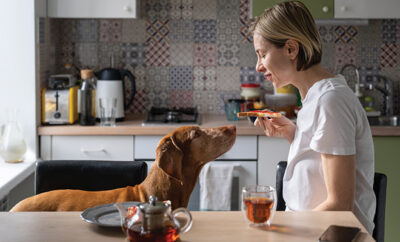
#Remember Me Thursday® Through Pet Adoption
So you decided to get a new pet. Where to start? Sometimes, it’s just a matter of accepting a kitten from a neighbor and sometimes it’s more complicated, requiring a lengthy application form, references, background checks and home visits.
Even though shelters are resource challenged and crowded, the adoption agency is concerned about whether you are an acceptable would-be adopter. Since around 6.5 million animals (3.3 million dogs and 3.2 million cats) enter rescue shelters in the United States each year, the rescue organizations and humane societies have a point. Why rescue animals and then turn them over to people who may not be aware of how to care for the animal or have a home unsuitable for the pet? Indeed, good owners are important, for the animal and to help reduce the number of abused animals.
The first thing that agencies look for is a safe environment for the animal. They want to be sure that, as a prospective pet owner, you know what it takes to care for the animal. That means, if you have a small apartment, a Great Dane is probably not the best dog for you, even if you love the animal and have had Great Danes in the past. If you have an unfenced yard, the dogs that were strays and rescued from the streets are not going to be a good fit either. Having a fenced yard is a pretty standard requirement for all adoptions. Cats and rabbits can jump most fences, so there may be other requirements if you are adopting these cuties. There are many animals that don’t require a fenced yard, such as gerbils, hamsters, guinea pigs, reptiles, birds and fish.
Another factor is how much time you can spend with the animal. Many dogs and cats are highly active and require regular exercise. The Border collie is a poor choice for city dwellers since it’s a working breed that needs lots of exercise and lives up to 17 years. Can you make the long-term commitment this breed needs? City dwellers, who often live in apartments, need smaller dogs, such as a Bichon Frise, Boston terrier or Maltese, that will adapt to the confined space of its owner.
Sadly, you may need to consider your housekeeping standards. Some dogs, such as the lovable Great Dane, will knock things over. They just will! Other dogs and cats shed and keep furniture coated with a layer of hair. The Bulldog drools and drools. How much messiness can you accept in your life? There’s a reason the Labrador retriever is America’s favorite dog; they don’t shed or drool. They do require exercise and a fenced yard, however. Cat lovers may want to consider the American shorthair or a mixed breed to cut down on grooming, pet hair and dander.
Who lives in the house besides you? Do you have kids? Are your children under the age of 7 or are they older? A boyfriend? A husband? Are there other animals in the house? Is everyone on board with the adoption and willing to care for the animal? Delicate animals, such as small kittens, puppies or hamsters, may not be the best bet for a household with young children who don’t understand that these animals are delicate and need tender care. On the other hand, teens may be excited about finally getting a new pet and willingly help with the exercise of an active animal by tossing a Frisbee or taking the dog for exercise run while they ride their bike.
There are many reasons to adopt animals instead of purchasing one. First of all, the animal is probably healthy with its first vaccinations, spayed and possibly has a chip implanted, all included in the adoption fee, which is considerably less than the cost of purchasing an animal. They may be house trained and used to living with a family.
Adoption is an excellent way to fight puppy and kitten mills. The conditions in which puppies and kittens from these mills are kept and bred are shockingly bad. The animals themselves are often ill because of poor or no veterinary care. In other cases, they may be behaviorally challenged because of the lack of socialization. Shelter animals come in all sizes and ages. Mutts are just as irresistible. They have what is known as hybrid vigor, or the possibility of living longer with fewer illnesses than a purebred.
Animals improve our quality of life by providing psychological, emotional and physical benefits to their owners. That’s a tall order, but many people feel a sense of purpose and fulfillment when caring for a pet. Not only that, adopters often like having the company of a cuddly furry friend and feel pride in helping a needy animal.
Pet adoption is a win-win for all. ■
Sources: aspca.org, forallanimals.org, humanesociety.org, remembermethursday.org and resources.bestfriends.org.







